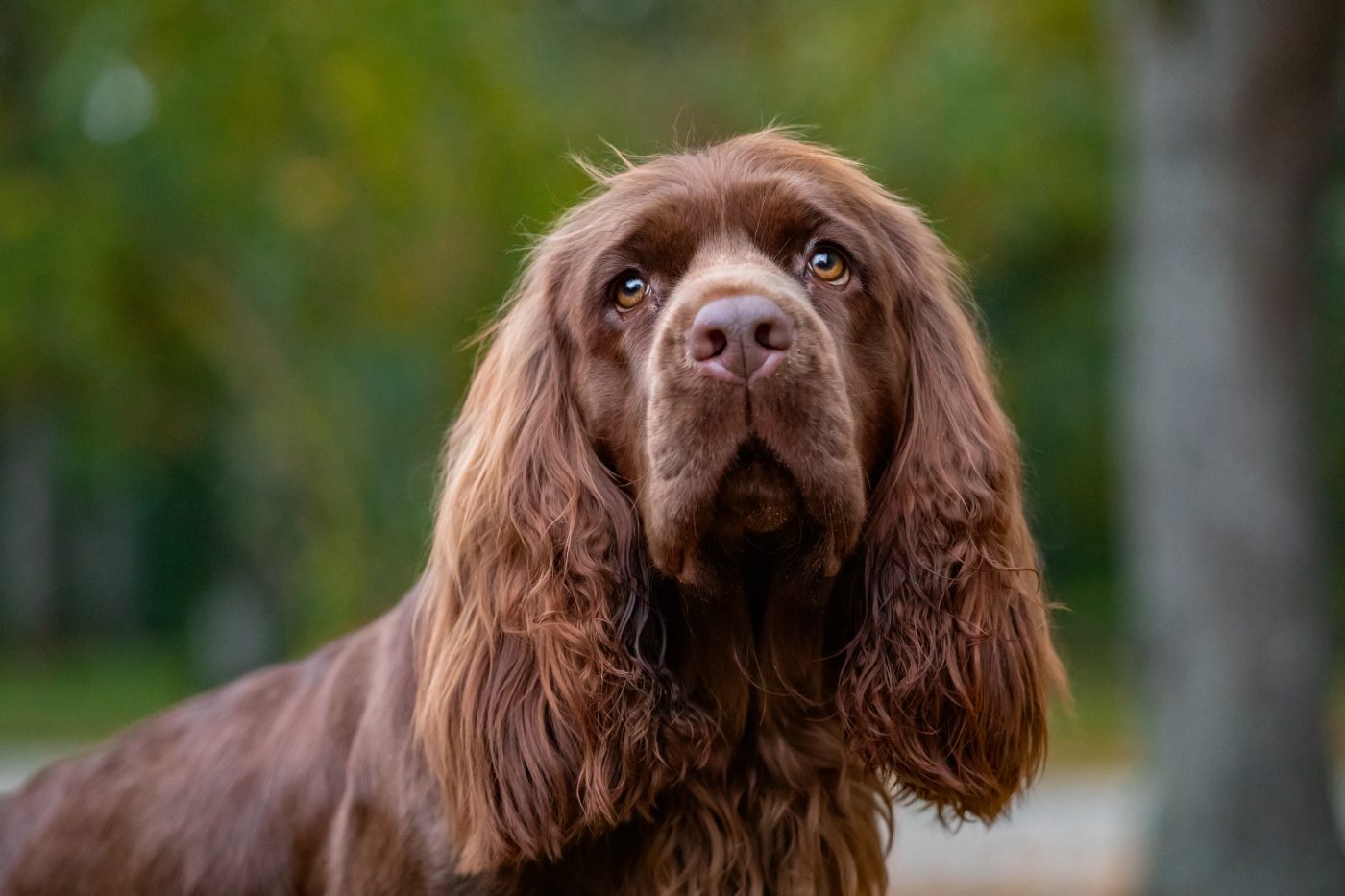 Shutterstock
Shutterstock
History hasn’t always been kind to dogs. Wars, lifestyle changes, and fading trends pushed some incredible breeds to the brink of extinction. While a few enjoyed lasting fame and cozy couches, others were nearly forgotten—some because their jobs became obsolete, others because they didn’t fit Victorian tastes or suburban life. But just as these breeds were slipping into history, passionate breeders, historians, and dog lovers stepped in like heroes—armed with dedication, squeaky toys, and a mission to save these pups from becoming just trivia and old photos.
Tibetan Mastiff
 Shutterstock
Shutterstock
The Tibetan Mastiff, once prized by Himalayan nomads and monks, was so remote and rare that the Western world barely knew it existed. As modernization reduced the need for livestock guardian dogs in Tibet, their population declined drastically. But interest surged again when people discovered this majestic breed’s lion-like appearance, fierce loyalty, and mythical presence. A few even fetched staggering prices in China, turning them into the world’s most expensive dogs for a hot minute. Talk about going from obscurity to millionaire status overnight.
Otterhound
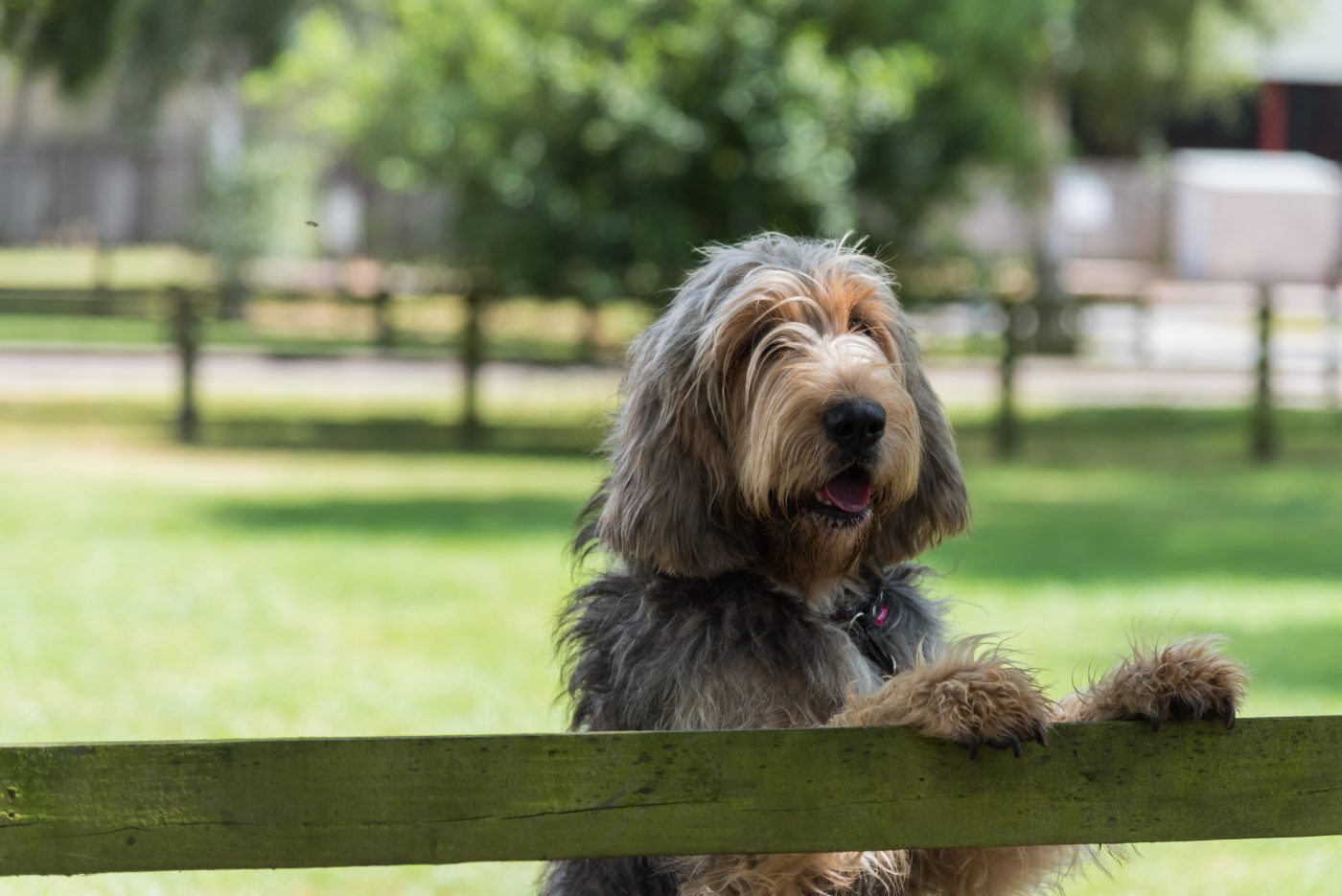 Shutterstock
Shutterstock
With a name that sounds like it belongs in a Harry Potter book, the Otterhound nearly vanished when otter hunting was banned in Britain. Once celebrated for their excellent swimming and scent-tracking abilities, their job disappeared overnight. Breeding numbers dropped so low that even dedicated dog lovers forgot they existed. But in recent years, preservation efforts have given this goofy, shaggy, and water-loving hound another shot at glory. Now they just hunt for snacks and splash in pools instead of chasing otters.
Norwegian Lundehund
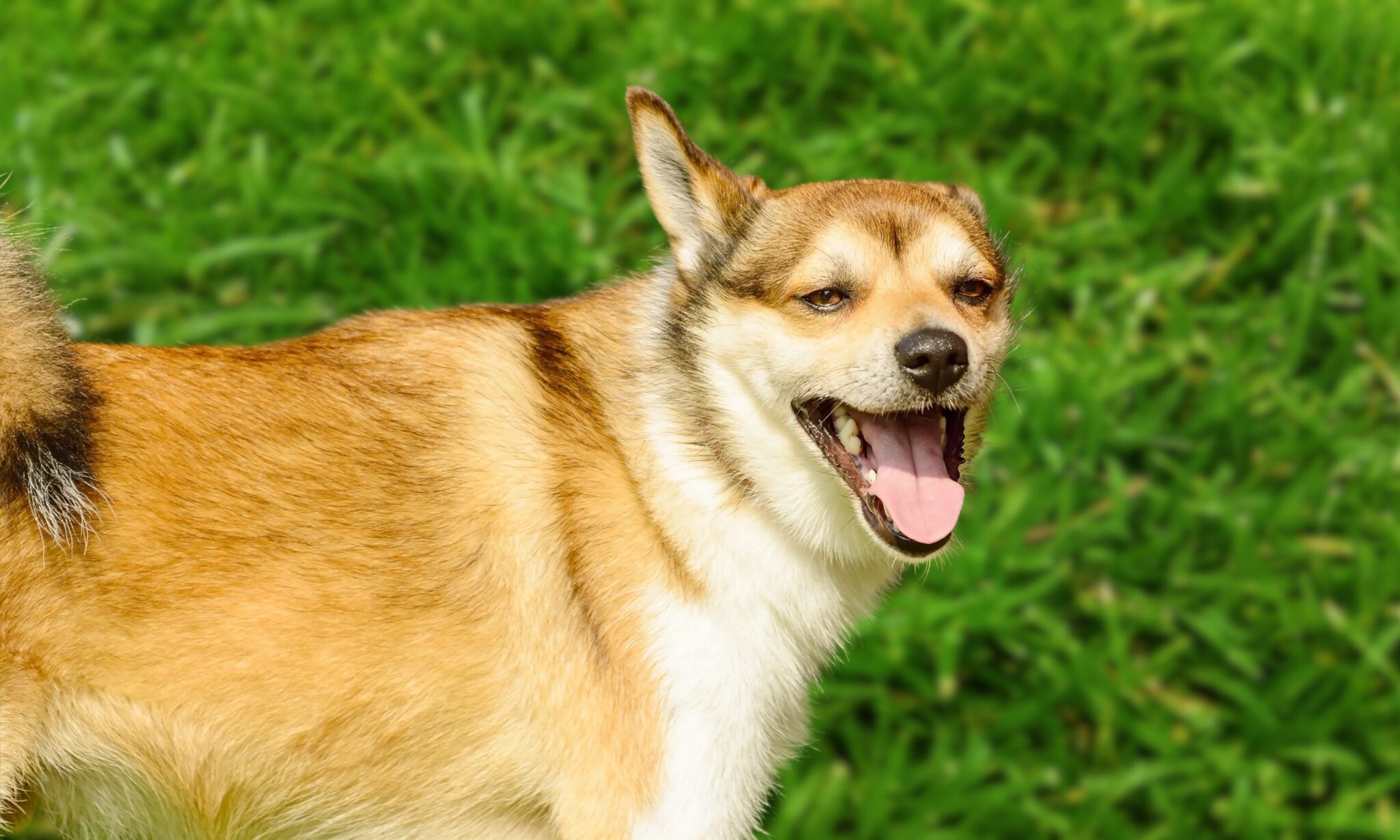 Shutterstock
Shutterstock
The Norwegian Lundehund is a biological wonder, with six toes, an elastic neck, and joints that would make a yoga master jealous. Originally bred to scale steep cliffs and hunt puffins, these dogs were nearly wiped out by disease and the collapse of their puffin-hunting industry. At one point, only six dogs remained to carry the breed forward. Thanks to a few dedicated Norwegian breeders, the Lundehund didn’t vanish into history like the puffins they used to chase. They’re still rare, but they’re gloriously weird and wonderfully alive.
Basenji
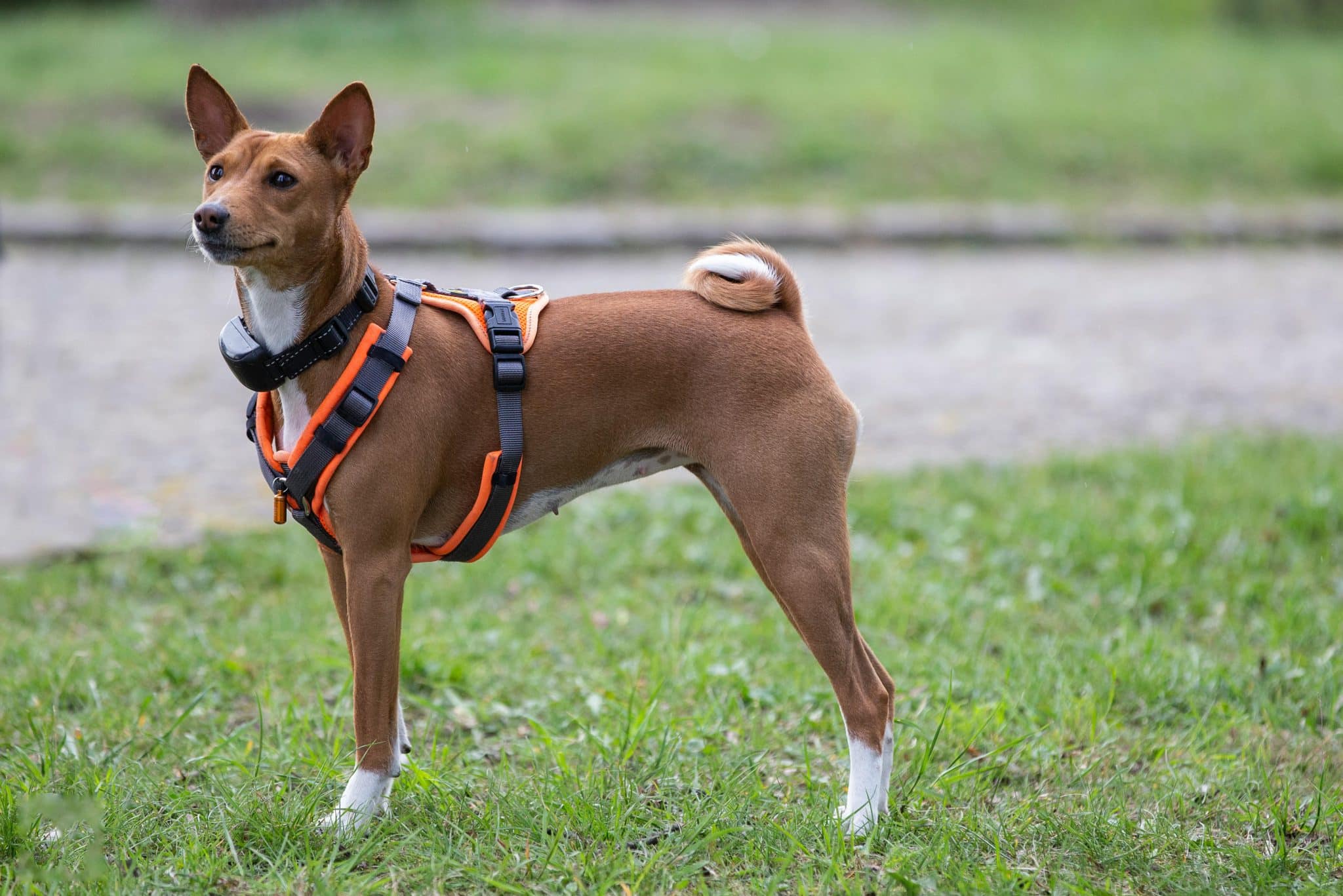 Shutterstock
Shutterstock
This “barkless” dog of Central Africa was nearly unheard of outside its native region for centuries. Attempts to bring Basenjis to Europe failed repeatedly due to disease and poor travel conditions, nearly dooming the breed’s global survival. However, persistent breeders finally succeeded in establishing them outside of Africa, and now they enjoy a niche following among fans who appreciate their cat-like habits and unique yodeling vocalizations. They went from “Who?” to “Wow!” with a simple shift from the jungle to the couch.
Irish Wolfhound
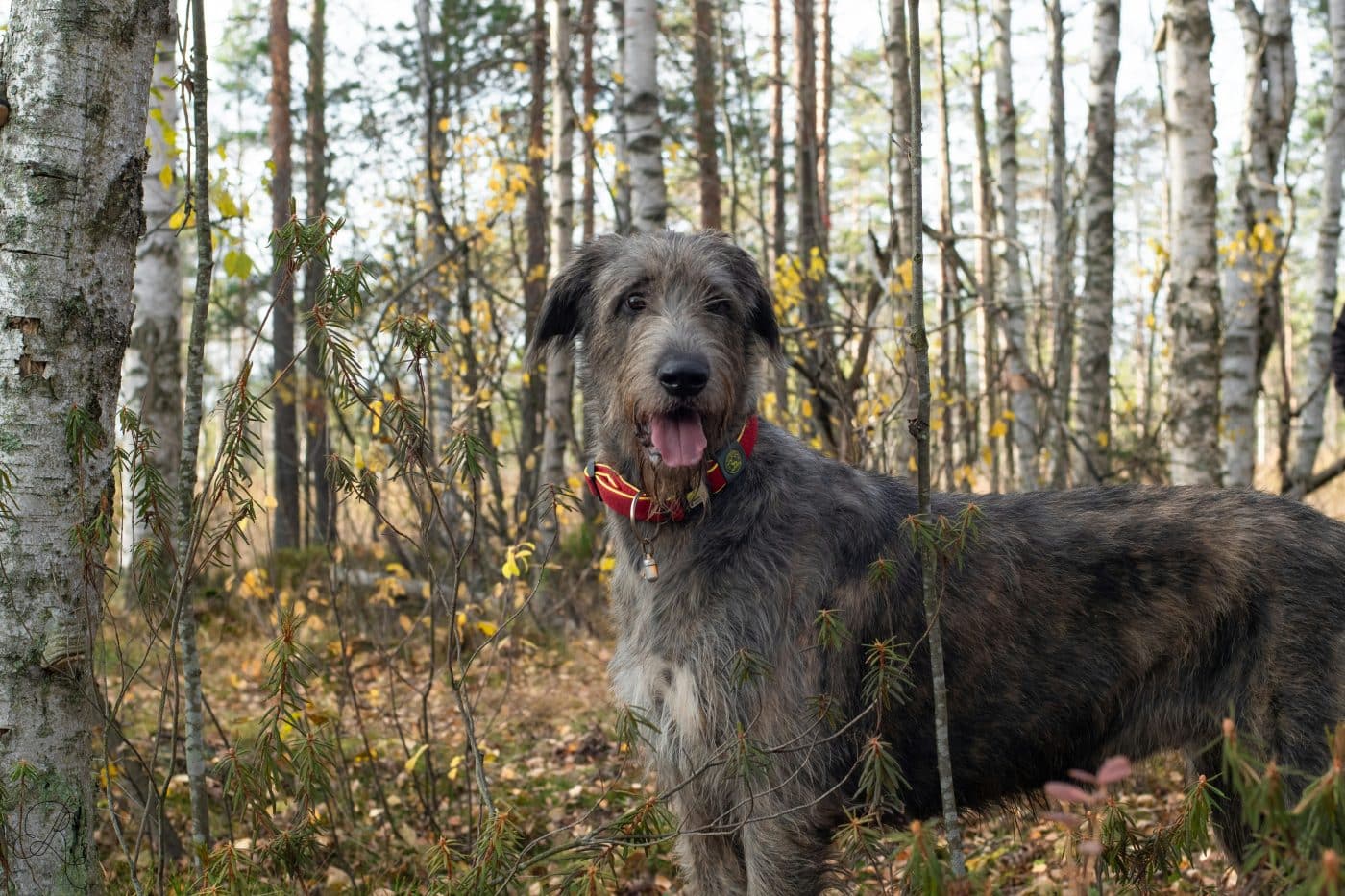 Shutterstock
Shutterstock
These gentle giants once roamed ancient battlefields and royal courts, feared for their ability to take down wolves and even elk. But once wolves were eliminated from Ireland, and war dogs fell out of style (go figure), the breed nearly disappeared. By the 1800s, they were almost extinct—until a determined British army officer, Captain George Augustus Graham began reviving them using what little Wolfhound DNA remained. Today, they’re big, bearded reminders that even near-extinct legends can make the ultimate comeback.
Lagotto Romagnolo
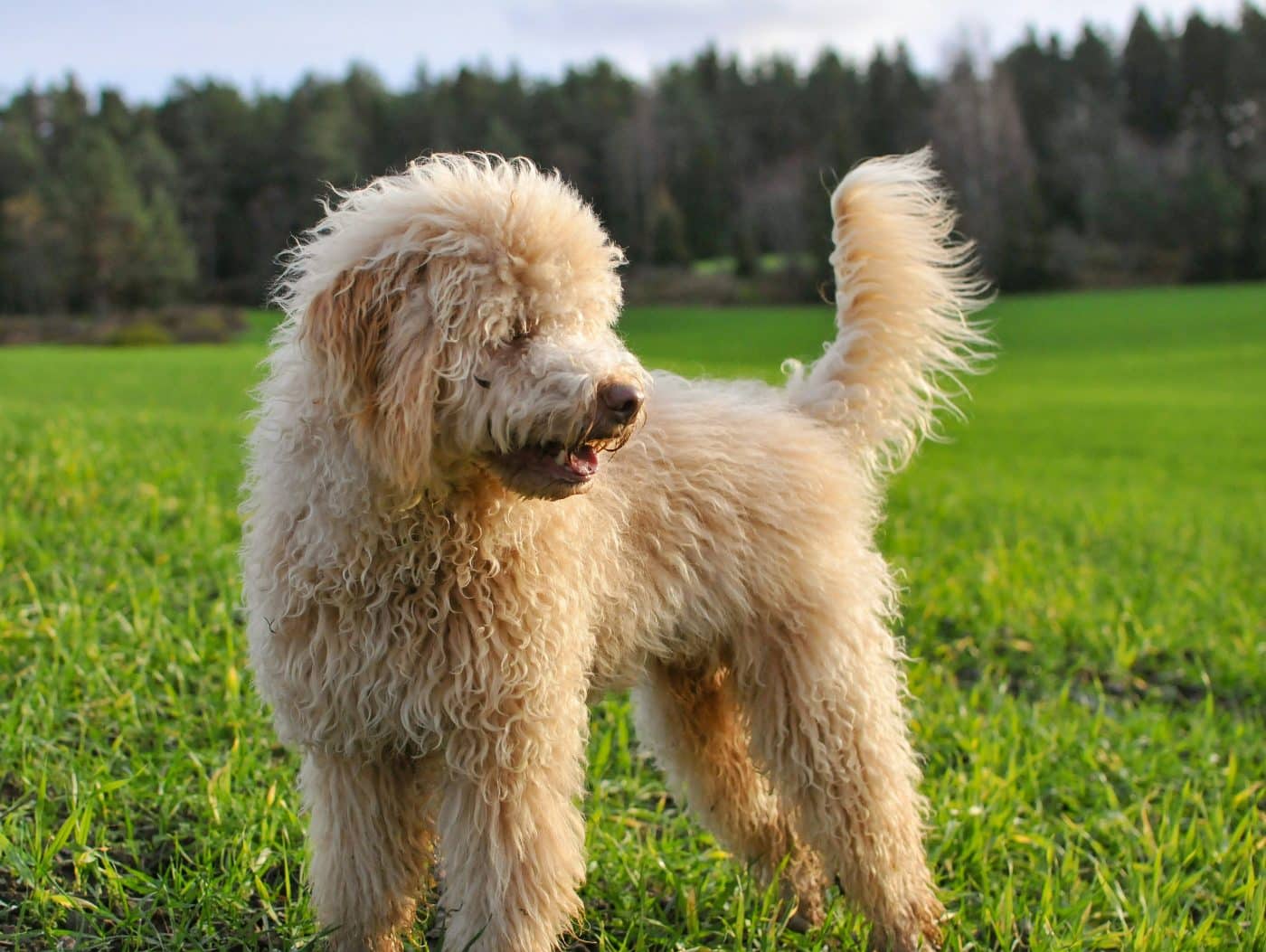 Shutterstock
Shutterstock
Originally bred in Italy to retrieve waterfowl, the Lagotto Romagnolo saw its job dry up when wetlands were drained for agriculture. For a while, the breed seemed doomed to be a historical footnote. But then came the truffle craze, and suddenly their excellent noses had a new purpose. This curly-coated cutie reinvented itself as the world’s premier truffle hunter, going from soggy swampland to a five-star restaurant supplier. If dogs had LinkedIn, this one’s career change would be inspirational.
Leonberger
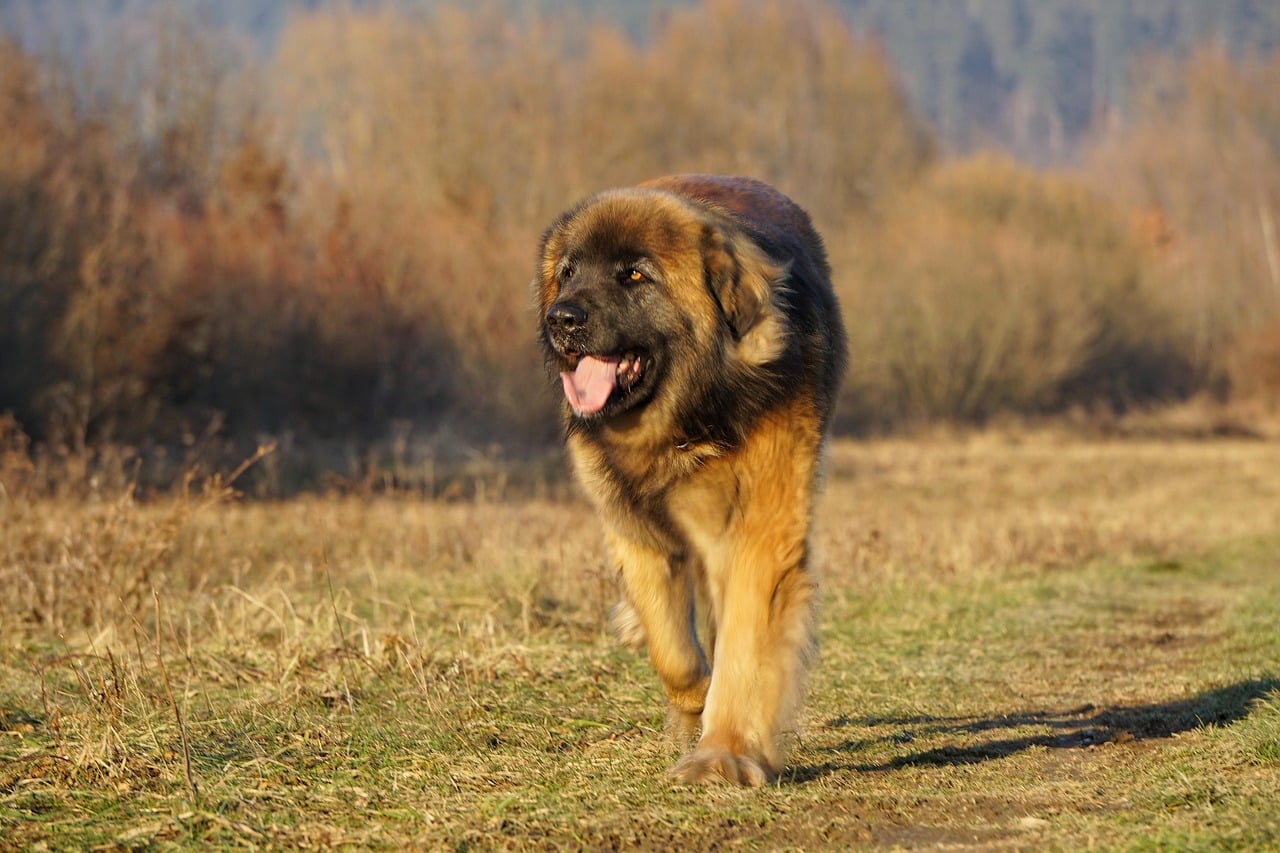 Shutterstock
Shutterstock
Developed in Germany to resemble a lion, the Leonberger almost became extinct not once but twice—during World War I and World War II. Food shortages and the chaos of war led to their numbers plummeting, and only a few survived both conflicts. Post-war breeders worked tirelessly to bring the breed back, often starting from just a handful of dogs. Leonbergers are known for their massive size, gentle temperament, and incredible comeback story, making them the canine version of a phoenix.
Skye Terrier
 Shutterstock
Shutterstock
Once a darling of Scottish aristocracy and Queen Victoria herself, the Skye Terrier suffered a dramatic fall from fashion. As other terrier breeds gained popularity, the Skye was pushed into the background like last season’s handbag. Numbers dwindled, and at one point, they were more likely to show up in vintage portraits than in dog parks. Thankfully, a few devoted enthusiasts refused to let this dignified, long-haired terrier vanish. Today, while still rare, the Skye Terrier has its loyal fans keeping it stylishly stubborn and wonderfully alive.
Dandie Dinmont Terrier
 Shutterstock
Shutterstock
This uniquely named and uniquely shaped terrier (seriously, it looks like a sausage in a wig) was once a popular vermin hunter in the British Isles. Over time, its popularity waned as more conventionally shaped breeds took the spotlight. The Dandie’s numbers fell so low that it was listed as vulnerable in the UK. But its quirky appearance and loyal fanbase refused to give up. The breed is now staging a comeback, proving that being odd-looking never goes out of fashion.
English Toy Terrier
 Shutterstock
Shutterstock
A refined little dog with bat-like ears and serious 1800s vibes, the English Toy Terrier was once the toast of Victorian society. But like many toy breeds, it struggled when larger dogs and new breeds began to dominate the scene. Breeding numbers plummeted, and it hovered dangerously close to extinction. Thanks to renewed interest in historical breeds and its striking appearance, the English Toy Terrier is returning to show rings and stylish living rooms. They’re basically aristocratic comeback queens.
Sloughi
 Shutterstock
Shutterstock
Often mistaken for the Greyhound, the Sloughi is a North African sighthound that was beloved by Berber tribes for its speed, loyalty, and elegance. Due to modernization and war, their numbers began to dwindle throughout the 20th century. Many were lost during conflicts in North Africa, and their breeding lines nearly disappeared. But international preservation efforts have helped this elegant breed re-establish itself in Europe and beyond. They’re back to turning heads with their regal stares and sleek frames.
Toy Manchester Terrier
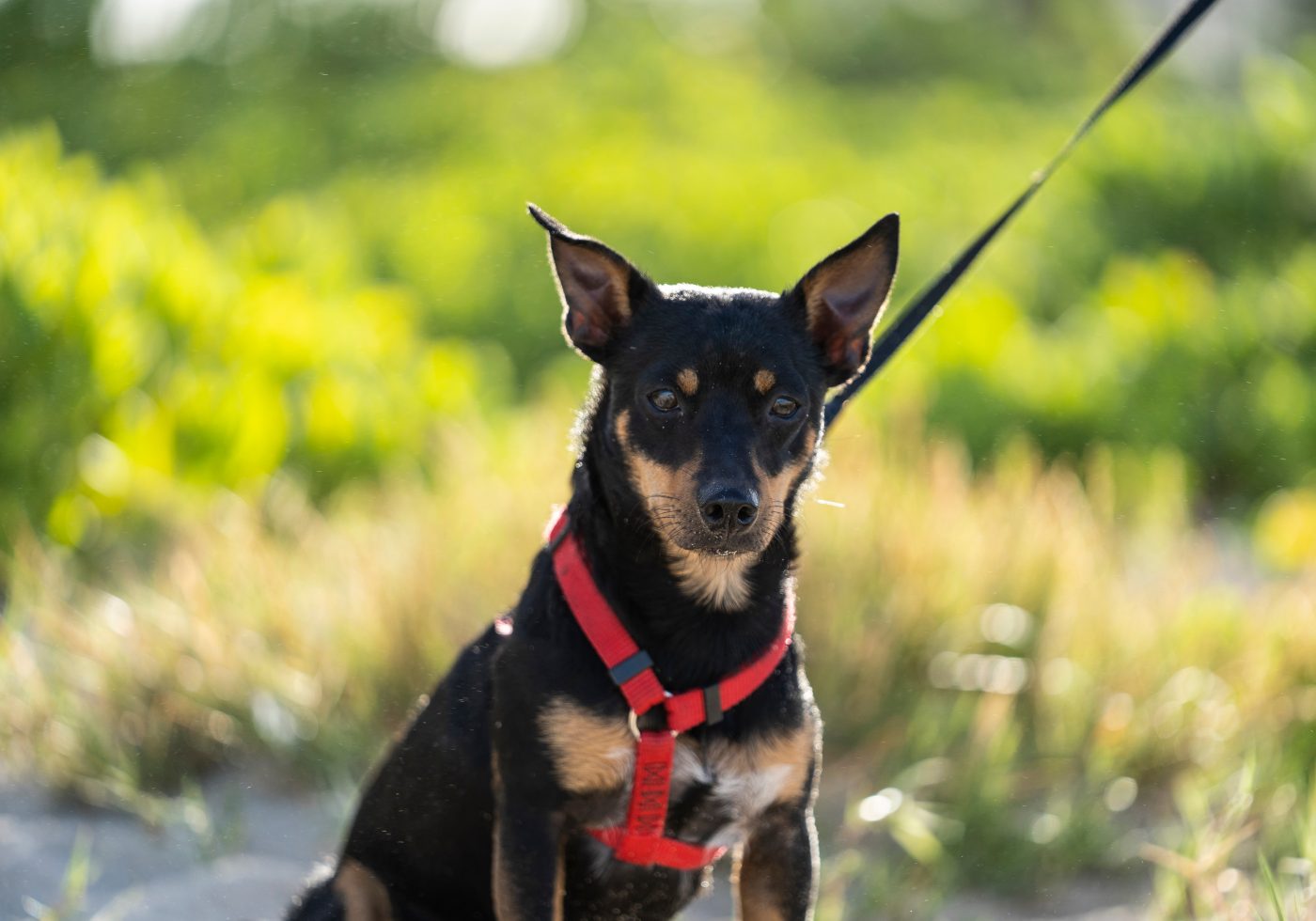 Shutterstock
Shutterstock
Once a staple of ratting competitions and fashionable parlors, the Toy Manchester Terrier’s numbers dropped drastically after World War II. It was even declared extinct in Britain at one point before being reclassified and recognized again under its own name. Its slick black-and-tan coat and compact elegance are winning people over once again. With careful breeding and a renewed appreciation for vintage charm, this little charmer is clawing its way back into the spotlight—one elegant strut at a time.
Canaan Dog
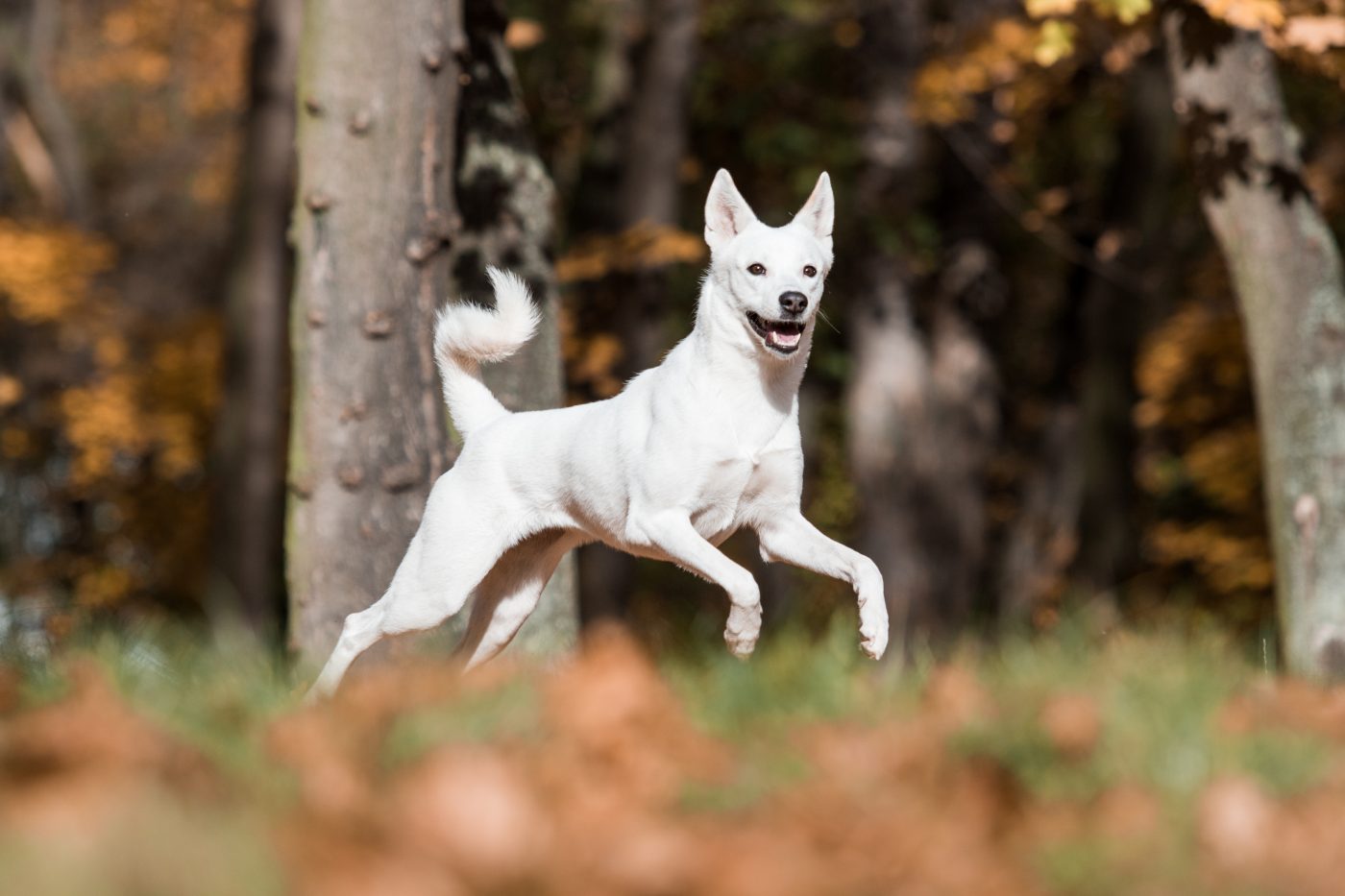 Shutterstock
Shutterstock
An ancient breed that once roamed freely with Bedouin tribes, the Canaan Dog nearly vanished when modernity rolled into the Middle East. As semi-wild populations dwindled and working roles disappeared, their future looked bleak. However, a zoologist named Rudolphina Menzel helped standardize the breed and reintroduce it to broader audiences, especially for military and search-and-rescue work. The breed’s intelligence and independence have helped it endure, even if it prefers to side-eye everyone before making friends. It’s a true lone wolf with a comeback story.
Sussex Spaniel
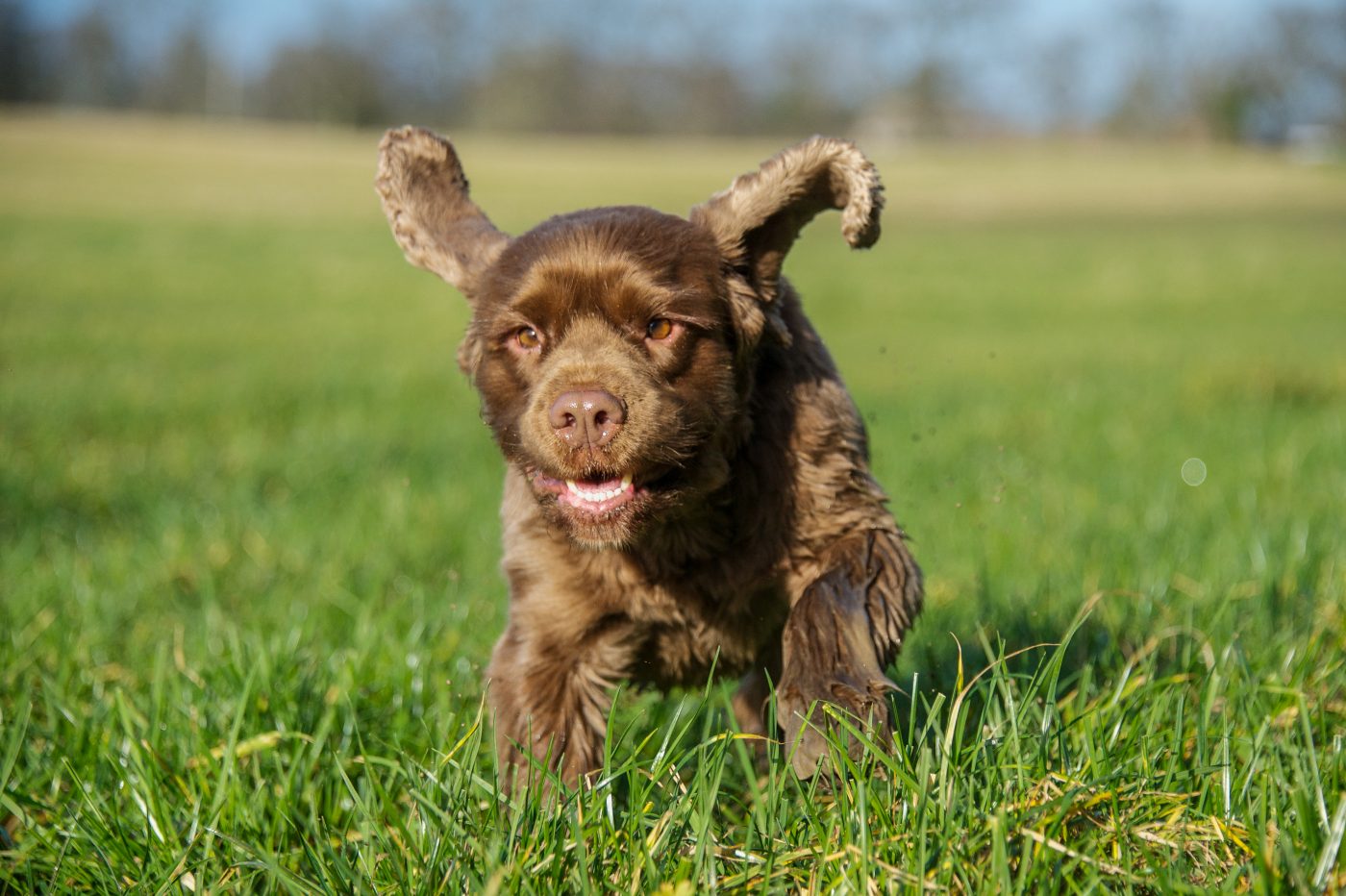 Shutterstock
Shutterstock
The Sussex Spaniel spent years being overshadowed by its more athletic and glamorous Spaniel cousins. With a slower, plodding gait and droopy expression, it wasn’t exactly built for Instagram fame. Numbers declined dangerously, especially after both World Wars, and it was declared vulnerable by the UK Kennel Club. But breed lovers weren’t having it, and conservation efforts kicked in. Today, the Sussex Spaniel is still rare—but gloriously grumpy, long, and back.
Pharaoh Hound
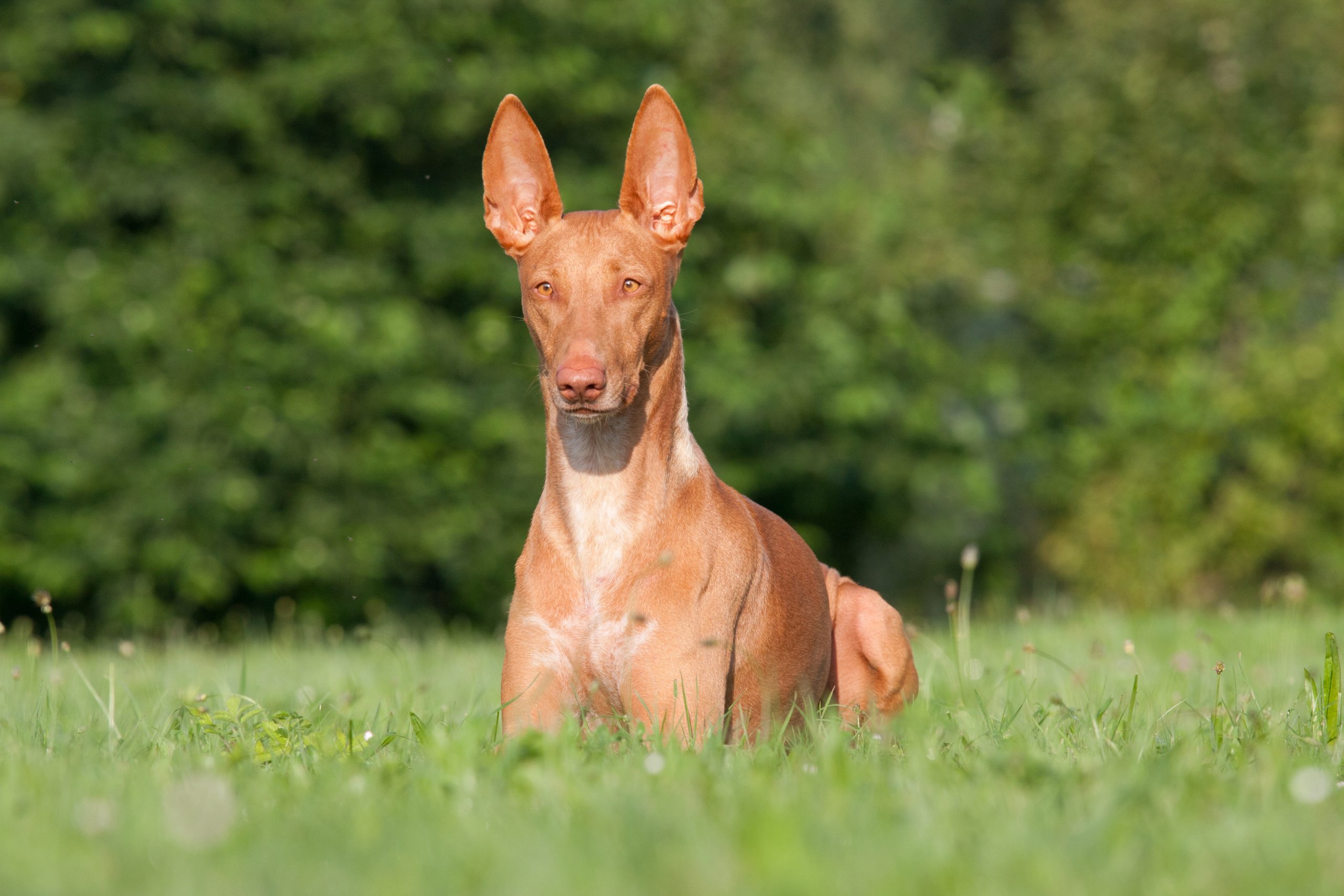 Shutterstock
Shutterstock
Despite its name and appearance, the Pharaoh Hound nearly vanished in its native Malta, where it’s known as the Kelb tal-Fenek. Used for hunting rabbits, its role declined over time, and the breed teetered on the edge of obscurity. Its exotic looks and connection to ancient Egyptian imagery helped spark global interest, leading to preservation efforts and recognition by major kennel clubs. Now it’s enjoying life as a show dog and conversation starter. Ancient royalty meets modern revival—it’s the whole package.
The Return of the Pawesome
 Shutterstock
Shutterstock
These fabulous four-legged comeback stars didn’t just dodge extinction—they did it with flair. Whether nearly lost to war, time, or trends, each breed on this list found its way back into our hearts and homes. They’re the underdogs turned icons, the nearly forgotten now unforgettable. So here’s to the pups with second chances and standout stories—living proof that every dog has its day… and a show-stopping encore that deserves a standing ovation (and maybe a treat or two for good measure).
 Toledo, United States.
Toledo, United States.
